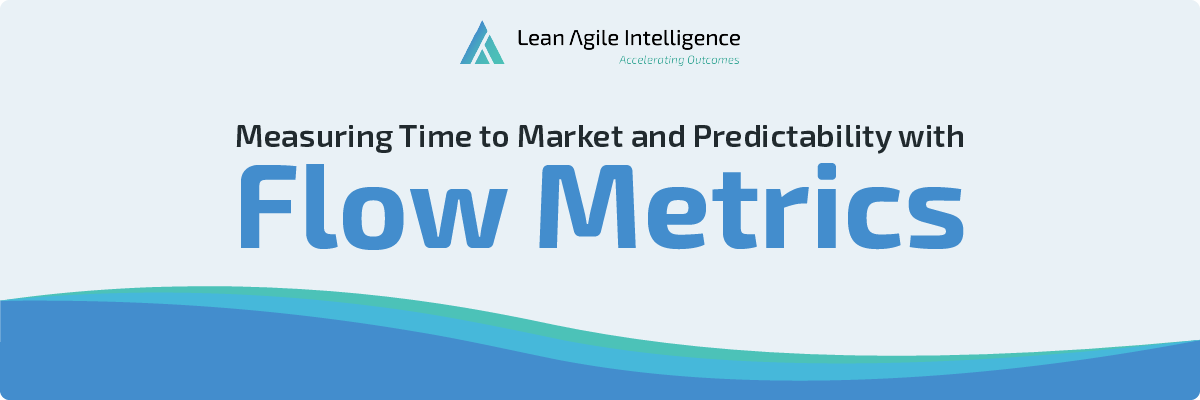New Flow Metrics Templates for Teams and Agile at Scale!
By Team Lean Agile Intelligence

Our first release of 2023 is very content-centric and contains two templates for Flow Metrics, "Team Flow Metrics" and "Multi-Team Flow Metrics." These templates include improvement metrics defined in the Kanban Guide for applying Kanban as a strategy to any framework or process.
Work In Progress
The definition of Work In Progress: All discrete units of potential customer value that have entered a given process but have not exited. Note that this doesn't mean the units of value has to be actively worked on to add to the item count.
"To calculate WIP, you simply count the discrete number of work items within your process boundaries as defined above. That’s it: just count." - Kanban Pocket Guide.
Out of the box, Lean Agile Intelligence provides criteria focused on keeping the amount of work in progress under control. You can, of course, use the provided criteria or customize these criteria to your specific context and needs, but we provide a blueprint for a starting point.

* * * * * *
Cycle Time
The definition of Cycle Time: The amount of elapsed time that a work item spends as Work In Progress. Note that this doesn't mean the amount of time it's actively being worked on but the amount of elapsed time since it entered a defined point in your process and then reached the defined endpoint.
Currently, the criteria in this quantitative question is based on the average cycle time of multiple items (i.e., backlog items completed). We choose this approach because the reality is this is how a majority of the Agile Lifecycle Management (ALM) tools calculate cycle time.
It is a good starting point for organizations that are just starting to experiment with flow metrics.
However, as your Kanban practices mature, we encourage organizations to move away from using averages for cycle time and instead use a range and a probability ( i.e., "85% of all work items are delivered in 13 days or less.") This calculation is done automatically for you via a cycle time scatterplot. You can learn more about this chart in this excellent in-depth article by 55 Degrees.

* * * * * *
Throughput
The definition of Throughput: the amount of WIP (number of work items) completed per unit of time. Note that you can choose any time interval you wish, and it is agnostic of estimation, such as story points.
The out-of-the-box criteria are focused on increasing throughput, as this is a common focus of teams and organizations. If this is your aspiration, feel free to use this as an easy starting point and then customize it to your specific needs over time.
If you would like to become more predictable, which can help you with more accurate forecasts, then a focus on arrival and departure rates via a CFD can be useful. In addition, you can use throughout as a metric to answer the questions "When will x number of items be done?" or "How many items can be done by a certain date?" Like cycle time, we do not recommend using averages to answer these questions. You can read more about those charts here and here. For a more in-depth understanding of these topics, we recommend starting with the Kanban Pocket Guide and the book When will it be done?
